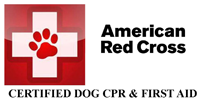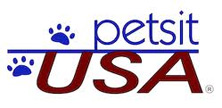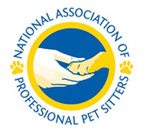No You Can’t Pet My Dog
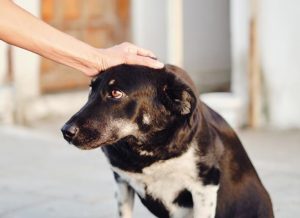
Question… Do you let random strangers come up to you or your child, get into your personal space and touch you, your child? No, of course you don’t. Why? Because you don’t know them, because it would be uncomfortable, because it would make you feel nervous, anxious or even scared. Because it’s just plain weird.
Introducing the New Dog, What’s the Rush?
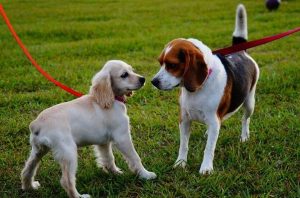
As the saying goes “You don’t get a second chance to make a first impression”. The same applies when introducing a new dog/puppy to your current dog(s). My best advice? Go slowly through the process. And it IS a process. Let’s face it, it could go either way if you just put them together to see what happens. Which is what most people do. It could turn out just fine in the short term, but in the long run it could be building towards a fight.
New Year, New Dog
A dog can learn new things at any age. If you’ve been living with a dog that has less than desirable behaviors, there’s no time like the present to make a change. It’s a new year, new dog!
ID Your Dogs and Cats for Safety
Why is it so important to ID your dogs or cats for safety? Having up to date identification on your pet greatly increases the chances of return should your pet escape or get lost.
Get Your Dog Walking In Following Mode
Get Your Dog Walking In Following Mode by using these techniques.
I get so many calls from people that have dogs that are reactive on the leash when they are walking them.
10 Tips for Responsible Dog Ownership
When we think about responsible dog ownership we mostly think of providing food, shelter, veterinary care and love. But being a responsible dog owner goes way beyond those minimum requirements. Some questions to ask yourself… How am I providing for my dog’s mental health and well being? How am I and my dog impacting others? The environment? With these and other questions in mind here are my Top 10 tips for responsible dog ownership.
Dog Walker, Does Your Dog Need One?
If you are a busy professional who works long hours, a stay at home Dog walker needed busy professionalparent with a to-do list that never ends and includes more time on the road than an Uber driver, your dog may be taking a backseat in terms of time, attention and the all important potty and exercise breaks. A Professional Dog Walker can rescue you and your dog from this cycle.
Helping Your Fearful Dog Gain Confidence
Living a life filled with fear or anxiety is no fun for humans or dogs. In fact, it is a terrible way to live. Feelings of anxiety, nervousness fearful dog hidesand fear flood the body with toxic chemicals and can shorten a lifespan. Helping your fearful dog gain confidence can be as simple as introducing exercise into their routine, implementing basic obedience skills, coping skills and using something pleasurable (food or toys) to change the way your dog feels about the fearful object or environment.
Bad Dog or Bored Dog? 10 Tips to Increase Good Behavior in Your Dog
If you ask me, there are no bad dogs, really. They are either bored and/or maybe justbad dog or bored dog haven’t been taught desirable positive behaviors. Dogs don’t want to misbehave. Quite the contrary, they want to make you happy. However, even when they have been taught/trained basic manners, if they are not getting what they need in terms of daily mental stimulation and physical exercise they may vent that energy in undesirable not to mention, negative ways.
The Dangers of Foxtails and Your Pet
Foxtails -A foxtail is a spikelet or spikelet cluster of a grass, that serves to disperse its foxtails (grass awns) seeds as a unit. Thus the foxtail is a type of diaspore or “plant dispersal unit”. Some grasses that produce a foxtail are themselves called “foxtail“, also “spear grass”. – wikipedia
foxtails grass awnThese “foxtail like” weed clusters have barbs that when disturbed, fall and work their way into the ground making it hard for the cluster to come loose from the dirt. The outside part of the cluster also harbors bacteria composed of enzymes that break down cellular matter.

